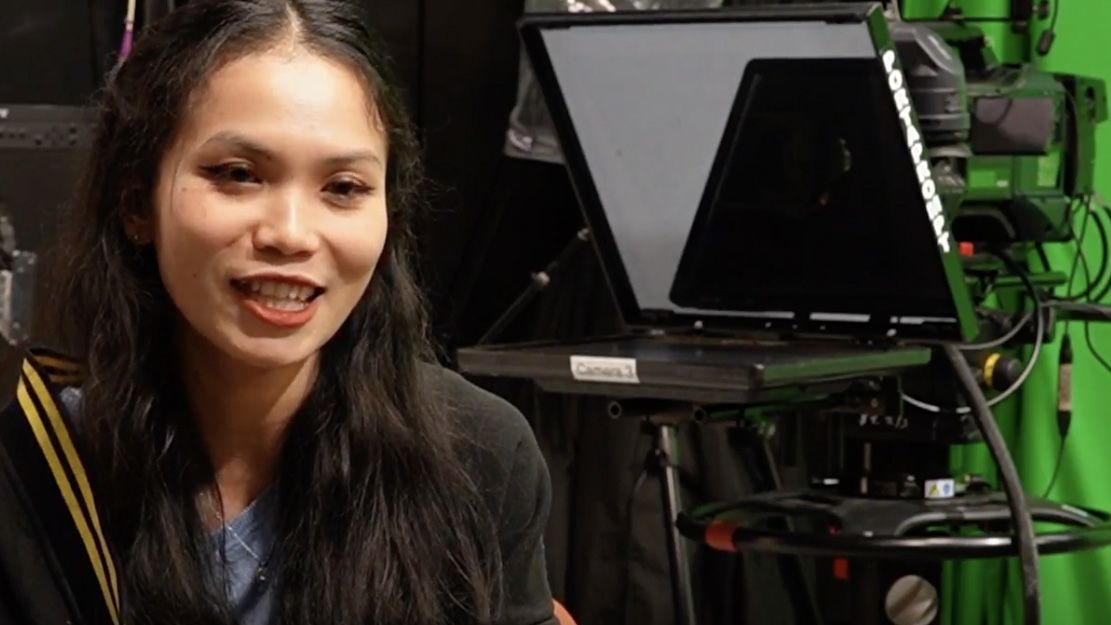
'I never thought I would write an article about wars'

'There's lot of news about Ukraine and Gaza and Israel. But I think it is important also to talk about conflicts in countries that aren't getting as much attention'
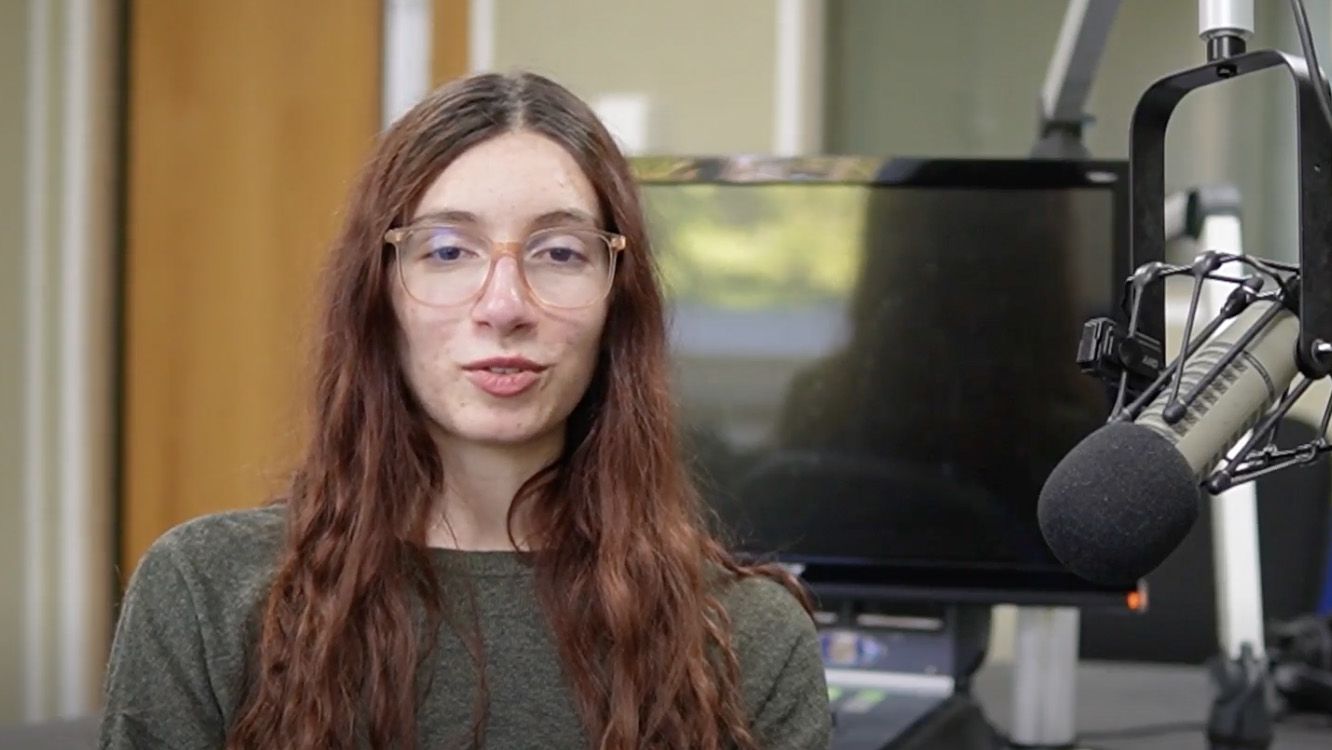
'We are in a time of many conflicts. Where we are living in the UK, we are not aware of it, but in other countries people really suffer. So I think it is relevant to talk about it'
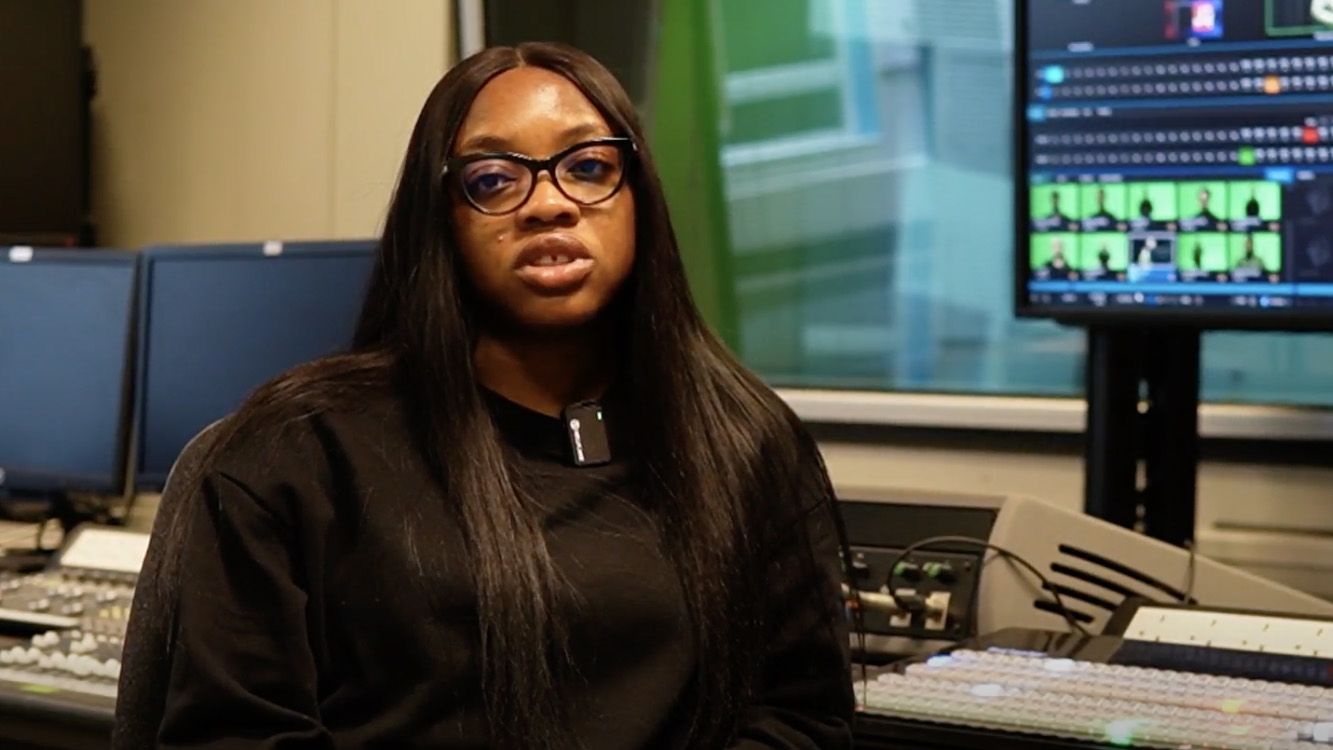
'Previously I didn't really care about war and big stuff like that. But because of this week's topic and last week, I have had to learn a lot'
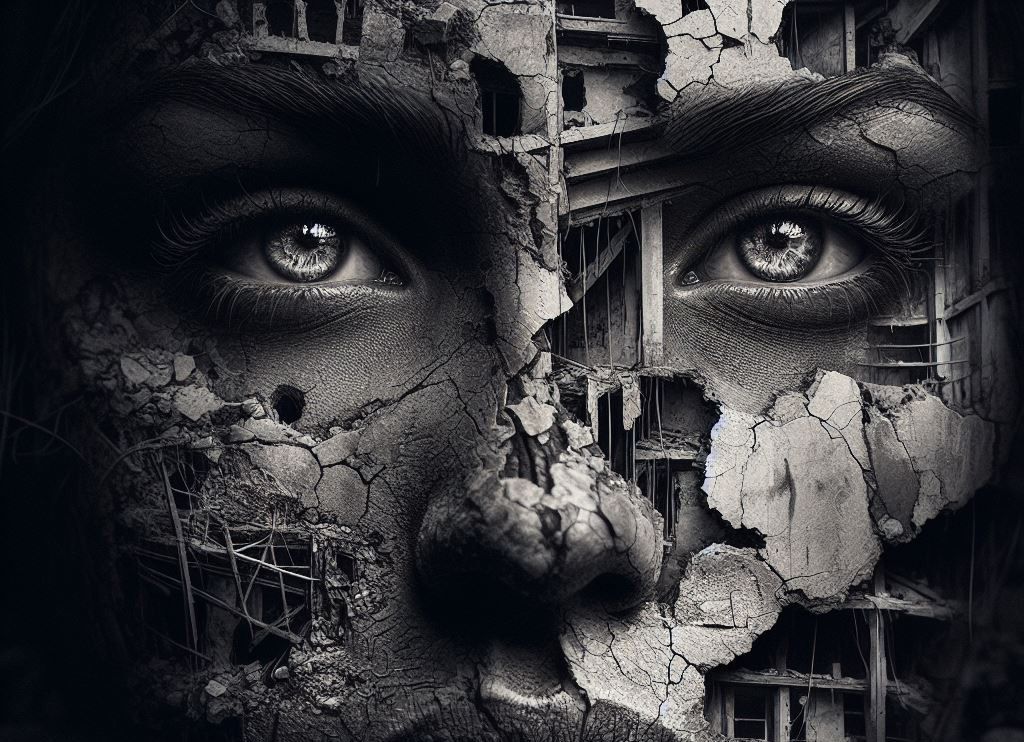
POSTMORTEM
Autopsy of the news coverage of the conflict in Gaza and Ukraine by the Digital Journalism class of 2024

This assignment required you to work together as an editorial team, and publish a single-issue edition on an agreed topic, with multimedia coverage, on the Breaker and associated channels.
Key components required in the edition: text-led features, interview in Q&A format, podcast, shortform video on Instagram, and content on Mastadon, Bluesky and X.
Also expected: AI-assisted 'hybrid' story (eg: backgrounder), drafted on a generative AI platform, then fact-checked, edited, and published manually, with suitable credit to AI; and a newsletter, created on Substack, to close off the edition.
REPORTING WAR
The theme assigned for this coursework was War and war coverage. Pegged on the Hamas-Israel conflict and the war in Ukraine, this assignment is aligned to SDG 16 (primarily, 16.1, 16.2, and 16.3) and will be your contribution to supporting SDG 16.
Using the two conflicts as case studies, the first very much in the public discourse currently, the second fading from our consciousness, you were expected to provide unique insights into the theme and the situations on the ground. Further, you were encouraged to consider other ‘forgotten’ wars and the issues around transient media attention.
The assignment required you to angle your coverage in a way to serve cross-national, global audiences.
THE COVERAGE
You worked as a nine-member editorial team — comprising Syed Naqi Akhter, Nichola Hunter-Warburton, and Thanh Hung Nguyen (editors); and Gokul Bhoopathy, Uyen Ngo, Jennifer Chibuobasi, Maria Amaral, Gift Osamwonyi, and Megan Turner — to produce an impressive edition on a challenging topic. As a team, you worked together well, particularly on the formative and assessed newsdays.

In all, you published 13,053 words for this edition, across 11 text-led stories (including a Q&A with a world-leading expert on the Israel-Palestinian conflict, and an AI-assisted 'hybrid' feature), besides two podcasts, a shortform video, two newsletters, and an insightful and carefully edited reflective video.
Below, a breakdown of the word count of your main stories.
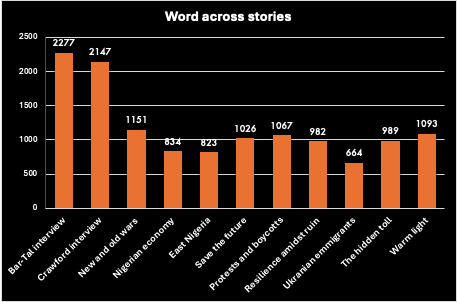
VISUALS
Across your 11 original stories on the main website, you published a total of 47 visual elements (photos, AI-generated art, infographic and video embeds), a significant number of them original, and the rest sourced from war zones, which is commendable. This included seven images created with generative AI.

Notably, the highest number of visuals were accounted for by the shorter stories. For instance, while the lengthy Q&A with Bar-Tal had only one image, the much shorter 'Warm light' and 'Save the Future' featured eight and seven images respectively. Something to keep in mind for future productions.
SOURCES
You interviewed 25 unique sources for your 11 stories. This averages to 2.27 per story, which further falls to 1.92 if we consider the two podcasts. This is a statistic that needs to improve.
On the plus side, you made good use of your unique sources, drawing insights from key interviewees into multiple features.
What is also notable about your sourcing is the quality of gender representation you have achieved in your interviews. Well done. Inclusivity, in its various forms, has been a key point of discussion in your workshops, and I am pleased to note it has percolated as better representation in your reportage. A breakdown of gender representation in your stories can be seen in the graph below.

Across the 10 text stories (excluding the AI-generated story here) and two podcasts, you achieved a near-perfect balance, citing 16 original female sources and 18 original male sources. Given the male-domination in conflict reporting, this is noteworthy. A few questions to ponder for future:
- Is inclusivity a question of merely achieving 'male-female balance' or good gender representation, whether in your stories or newsrooms, or need it be thought about more expansively
- To what extent is this coverage representative of the audiences and stakeholders the edition is trying to serve?
- Without compromising the stories (and avoiding mere tokenisms), how can other relevant stakeholders be brought into the coverage meaningfully?
SOCIAL STORIES
Off the main website, you were expected to engage with the Breaker accounts on four social media platforms — Bluesky, Mastodon, X, and Instagram. The shortform video on protests on Gaza (embedded below) show good production values, with a few in the team demonstrating commendable familiarity with filming and editing. See focussed feedback on this in the Scrollpoint panel.
Further, you engaged with Substack to produce two newsletters.

Substack is an important for journalists and your engagement, albeit limited, is a good beginning. In fact, newsletters can. be considered part of the social media fabric, extensions that help journalists build 'communities'. With this in mind, I encourage you to:
- Play around with Substack. It is a blog, and a platform you can get paid for as a journalist. So. 😊 😉
- Subscribe to good newsletters. For instance, see what the Economist or the Guardian offers. Or The 7 from the Washington Post. Or..
A final — and quite critical — point. Overall, I would have liked to see consistent engagement on social media, particularly Bluesky, X and Mastodon (in focussing on video stories, you missed out on other, easier modes). I note there may have been technical barriers at times, but do note the point that social media is not just a digital tool for dissemination. Used responsibly, it can help build a community around your journalism. Explore, please!

THE SCORE
You produced focussed coverage that met the requirements of this assignment well, meeting all staggered deadlines. The edition showcases competent work, punctuated by flashes of pleasing, quality journalism! 😀❤️😀 Overall, your coverage evidences good fundamental reporting skills, multimedia production values, and a level of social media competence.
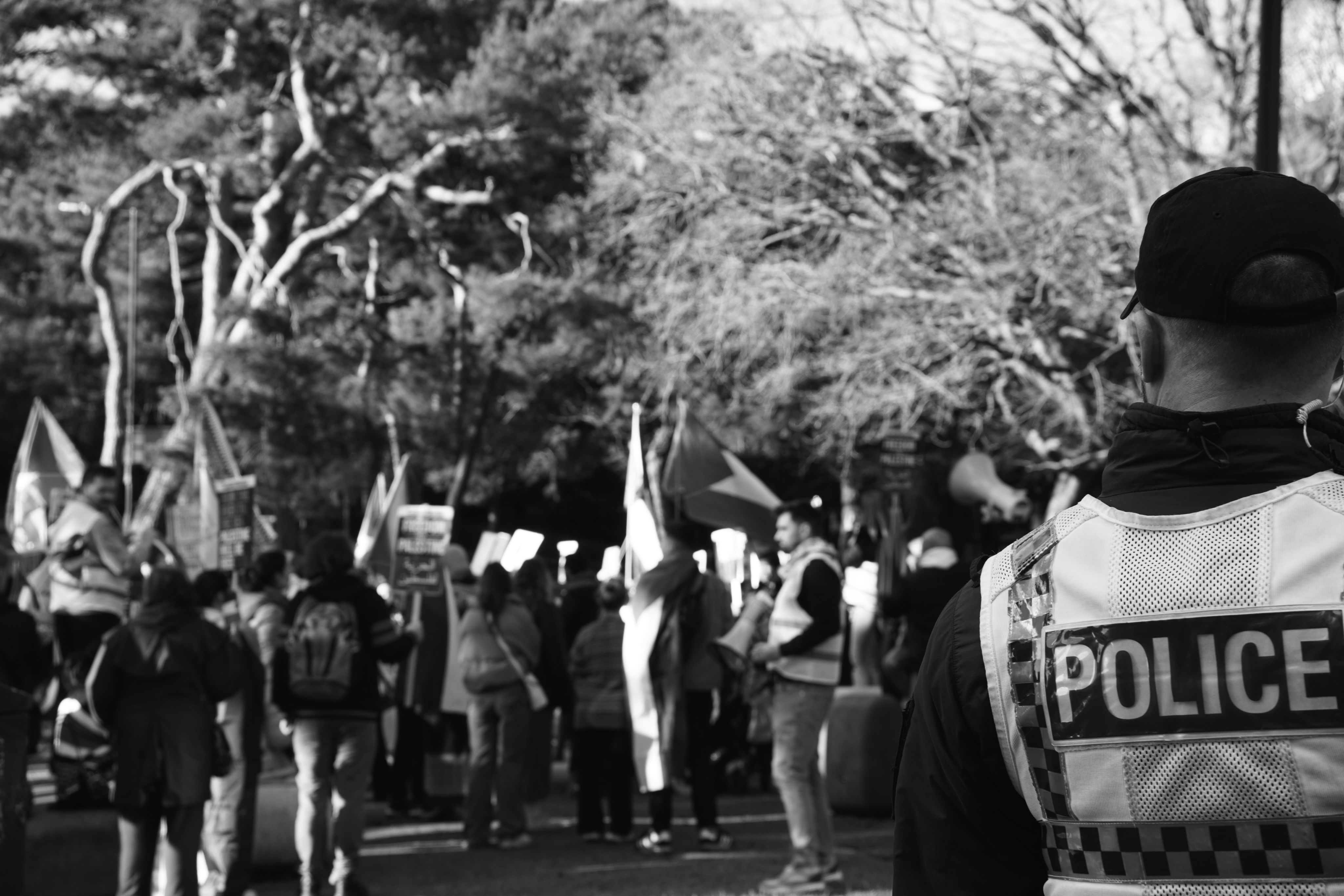
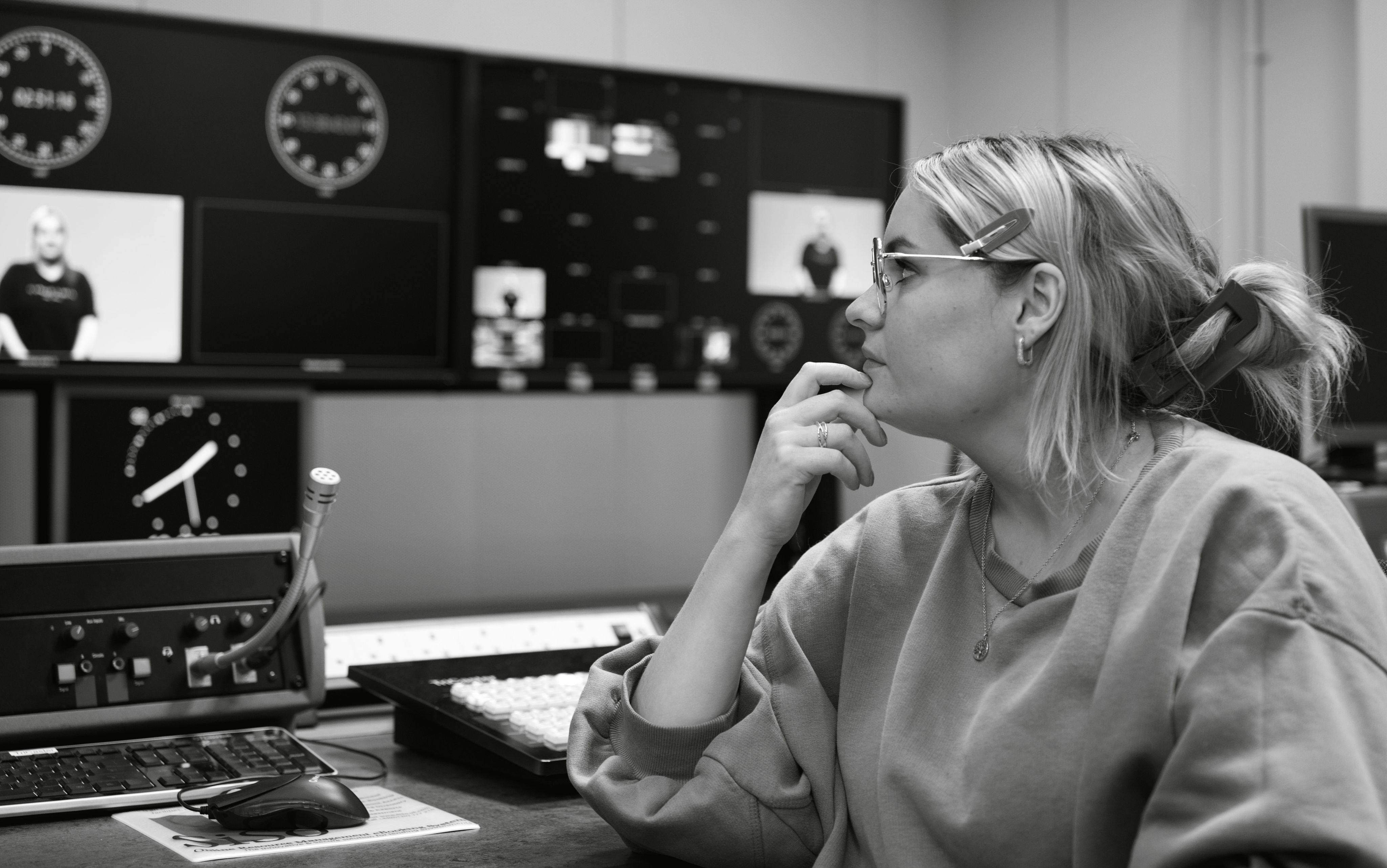
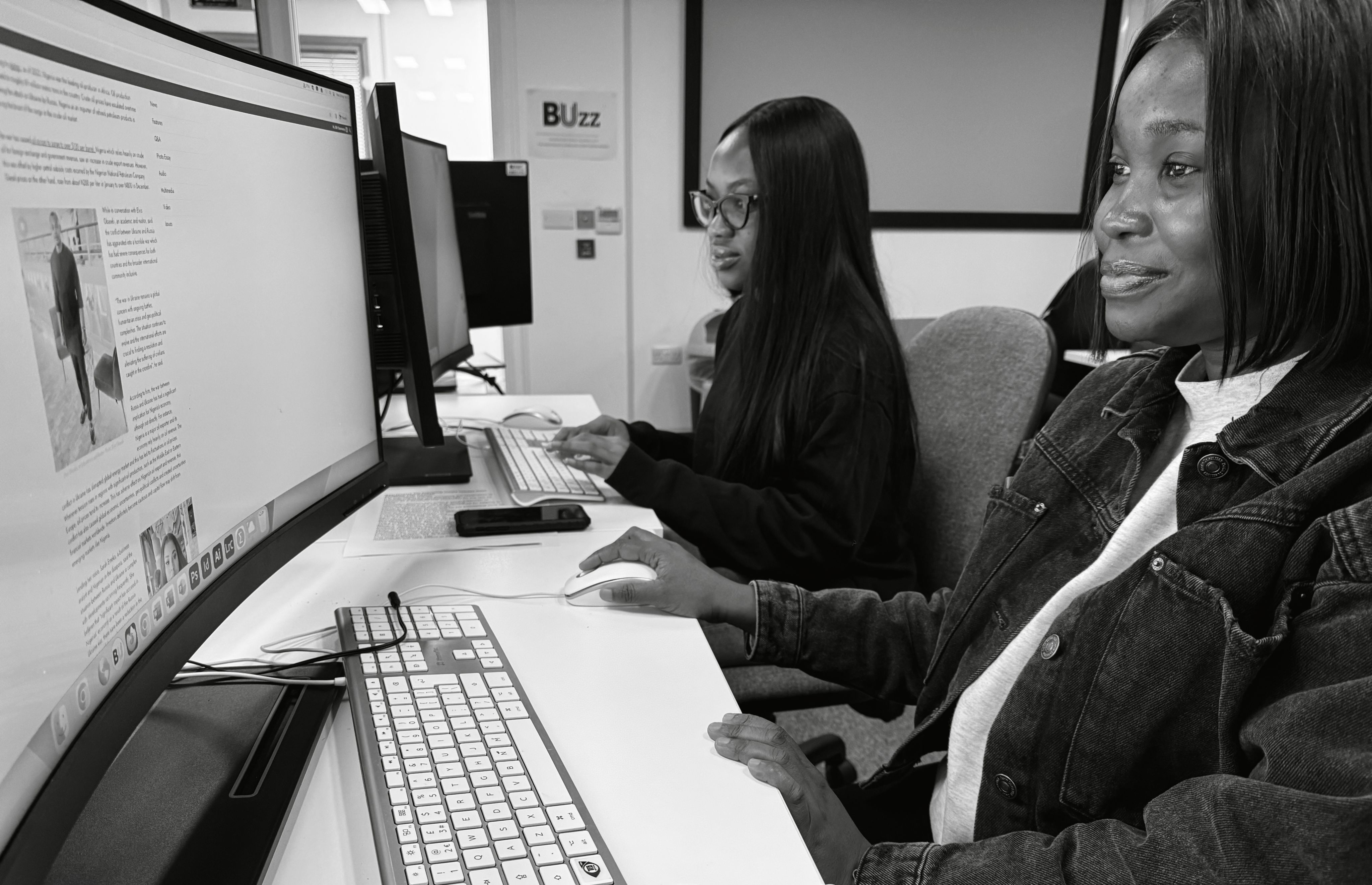
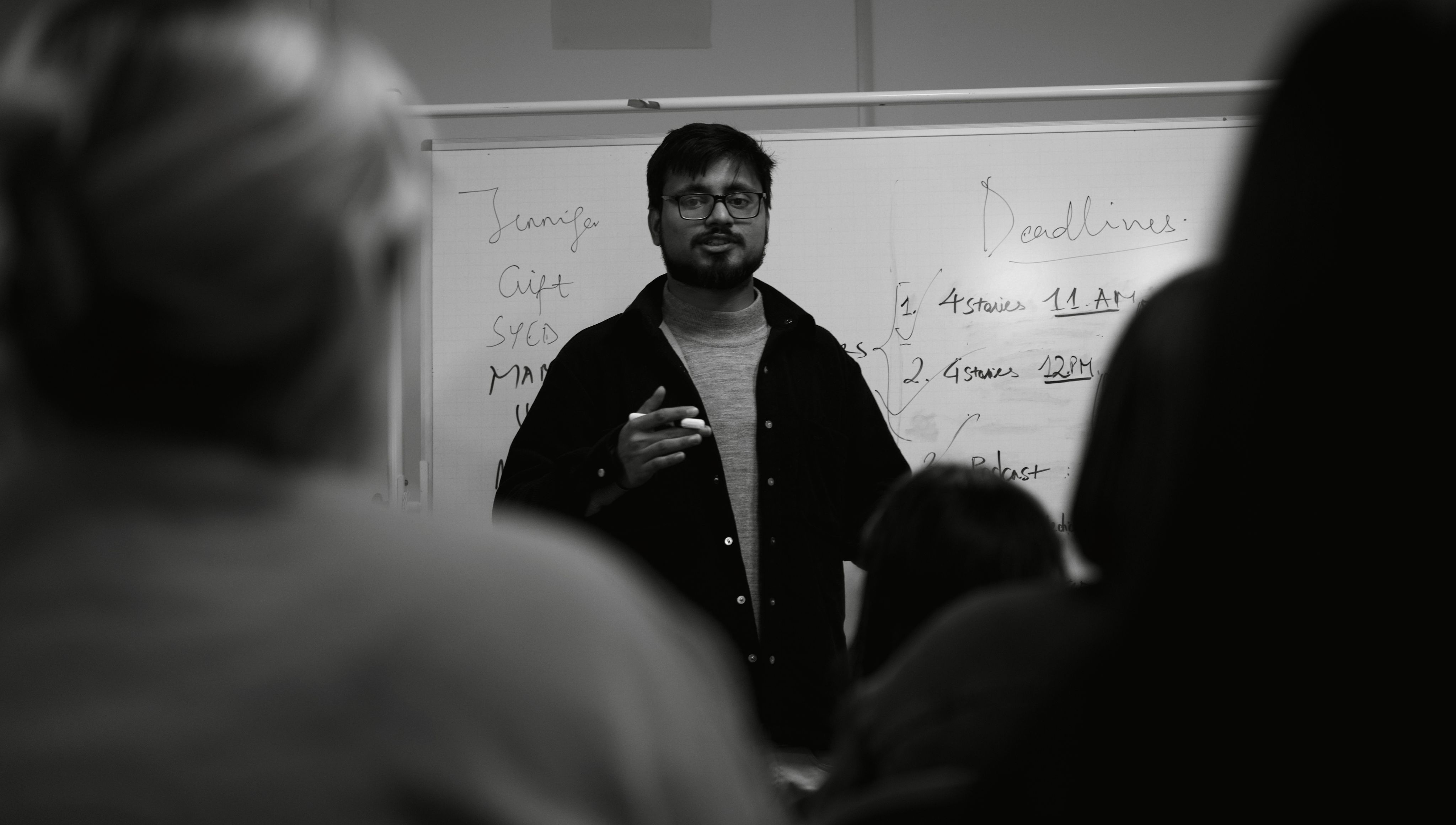
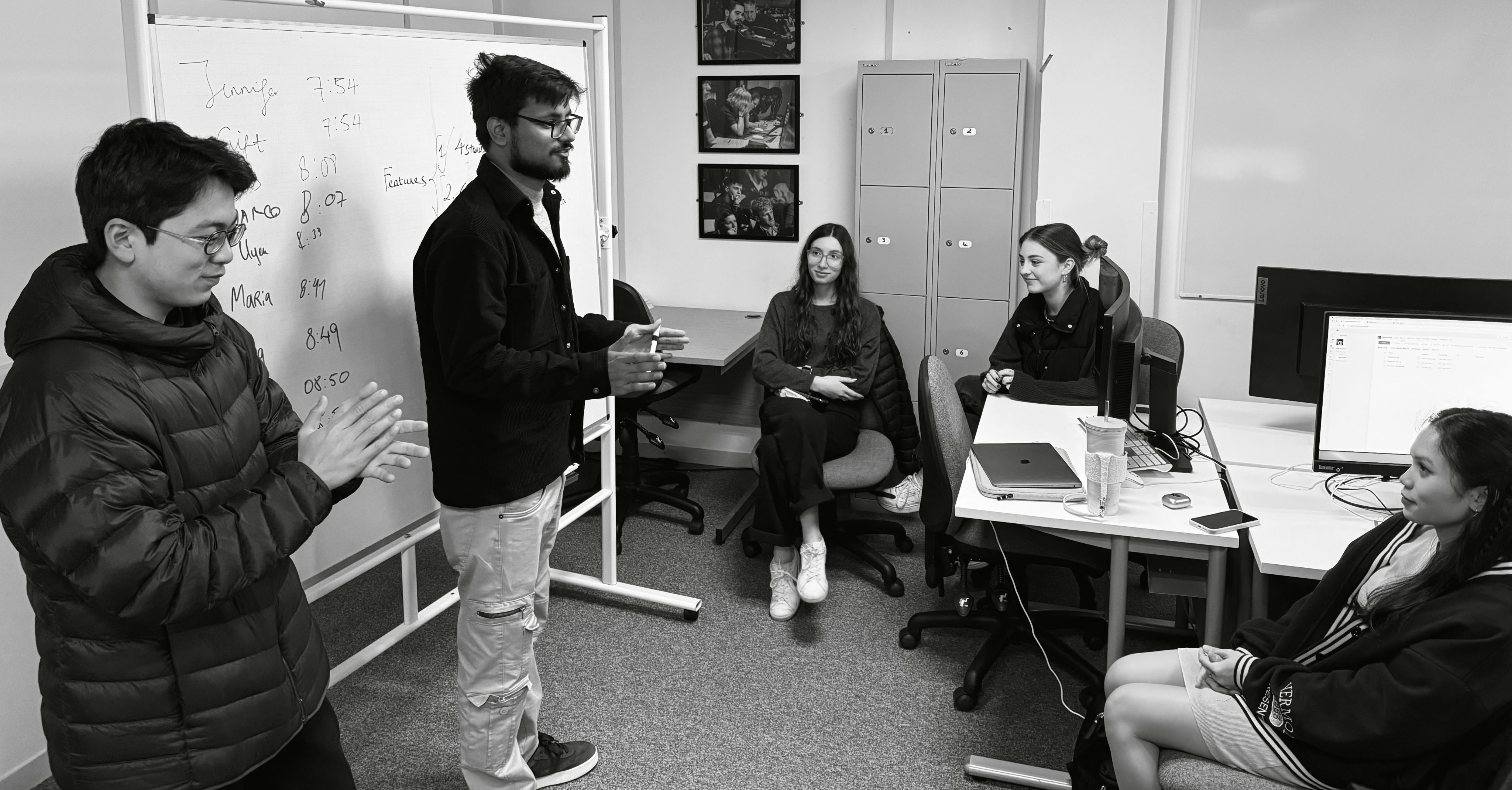
NEWSGATHERING
This was a challenging assignment, but you did well, covering a range of stories in text, audio and video, with firsthand interviews from Israel, Ukraine and Nigeria, demonstrating good cross-national news sense.
It was good to see you utilise platforms such as Signal for your interviews from conflict zones. And it is commendable that you sourced a range of images remotely, helping make this a visually rich edition.
You also showed good boots-on-the-ground reporting skills, covering the protests on Gaza locally, as well as stories on humanitarian aid to Ukraine.
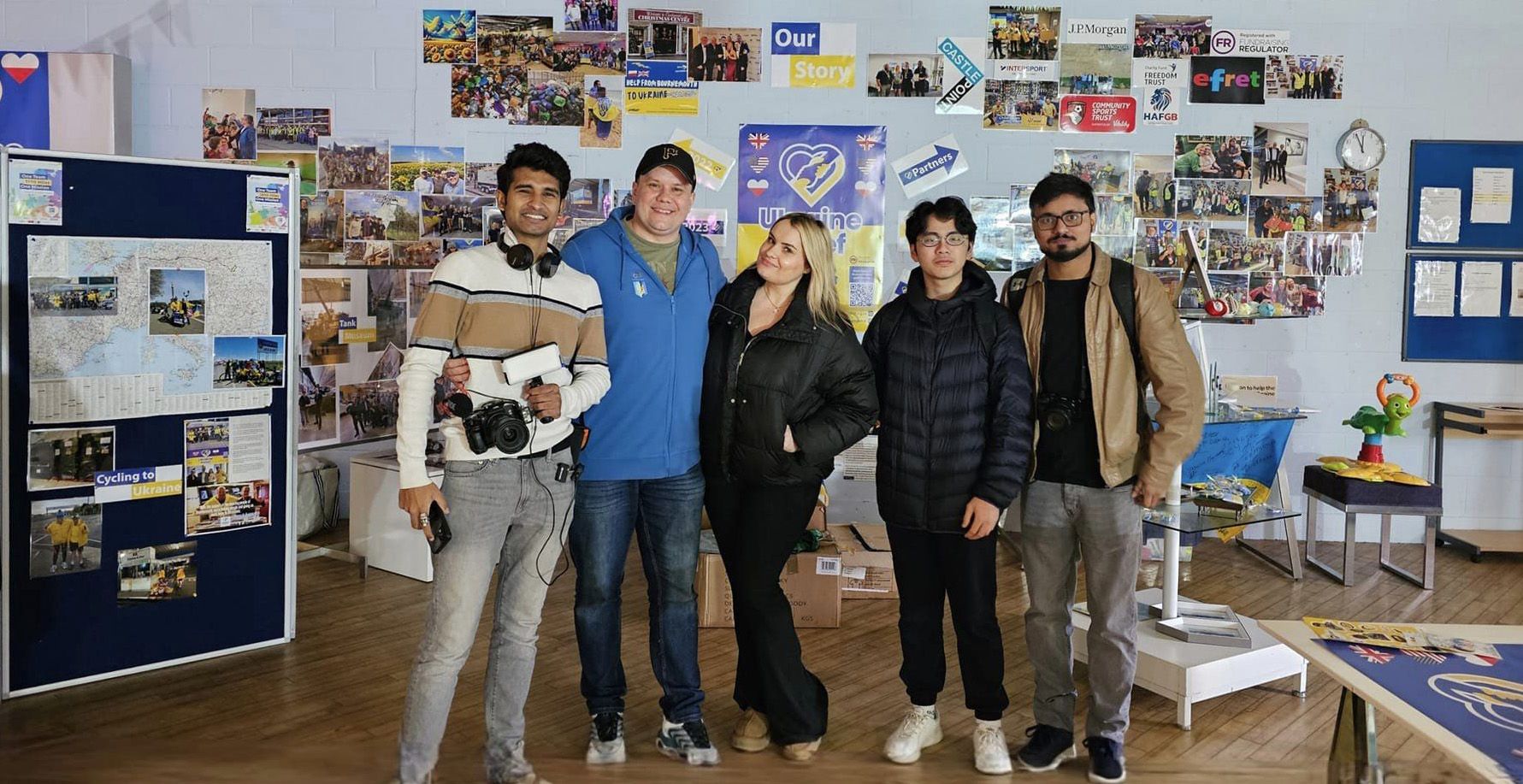
There was a notable improvement in the quality of the pitches (thank goodness!), and while all stories may not have materialised, it was good to see you setting yourself targets that would have daunted you just a few weeks ago. 😊 👍
As noted earlier, well done also on achieving good gender representation in your coverage. To take your newsgathering to the next level, work on adding depth to both your research and reporting (see Scrollpoint section below for more specifics).
Your score: 19/25
PRODUCTION
You produced a competent multimedia edition, demonstrating reasonably good familiarity with relevant platforms and softwares. You made some efficient editorial calls to ensure the edition met all deadlines, including recording and working on the reflection video after a tiring newsday.
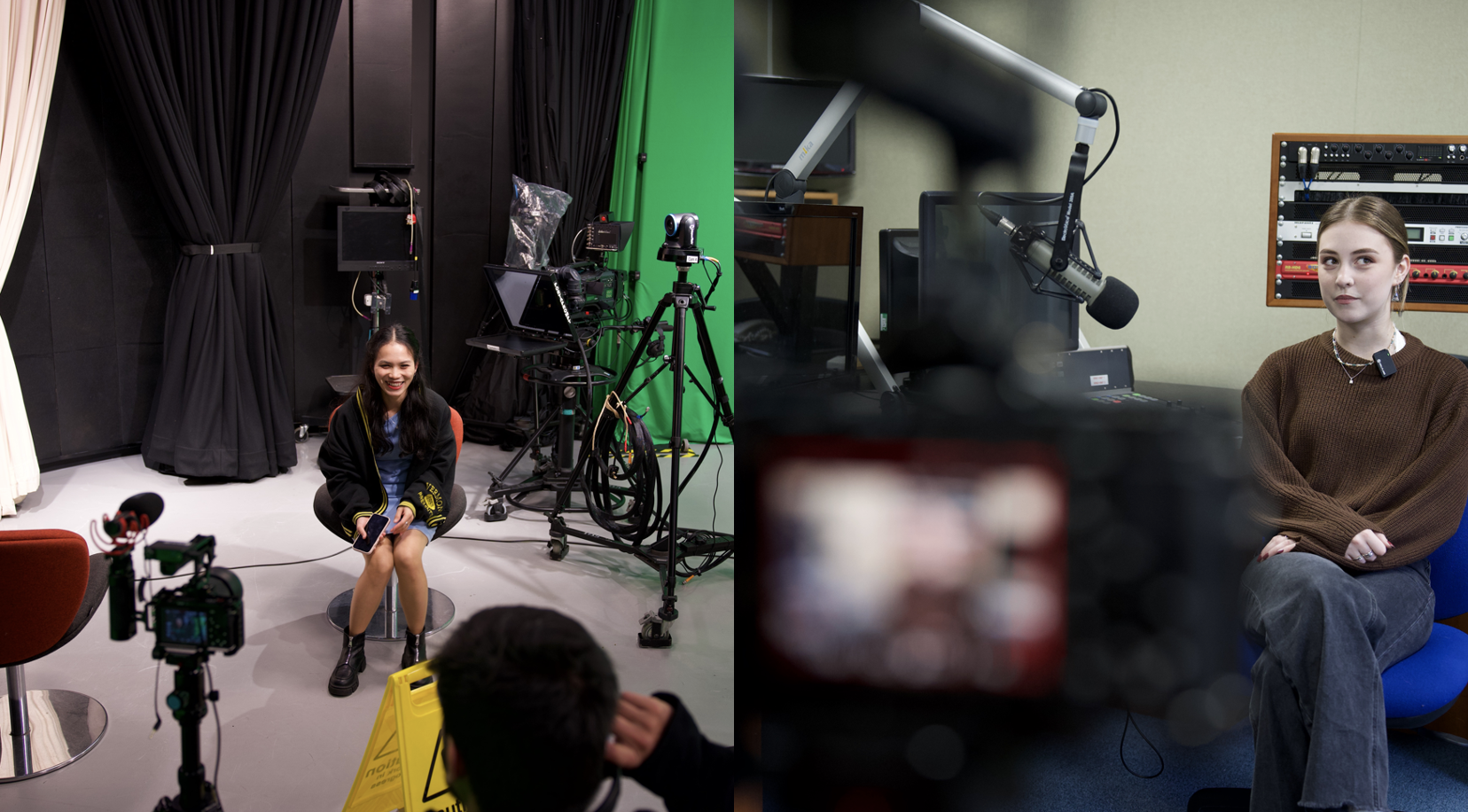
Overall, there was more care taken in terms of production values (and the Breaker style guide). Video outputs showed creativity and storytelling skills. There was improvement in terms of good web practices, and feedback on previous audio productions have been absorbed to an extent. While there are rough edges to be smoothened out across board, this was a good team production overall.
Your score: 17/25
LEGAL AND ETHICAL AWARENESS
You evidenced good awareness of this criterion, with the editors and the desk doing a competent job of ensuring that outputs were safe for the most part. Images and AI-generated content were credited appropriately (though better alignment with The Breaker style guide across all stories would have strengthened the edition).
Informed consents were documented appropriately in most cases (bar a few) and filed in an accessible manner in your virtual newsroom on Teams. This is a marked improvement from previous newsdays. This is a good practice that needs to be carried through to the rest of your assignments (and beyond). So here's a reminder from Veronika on informed consents.
(Veronika is no longer with MAMMJ, owing to her unemotional approach to life, but what she says still holds true.)
Risk assessment guidelines were met, though there is scope for this to be strengthened. On the plus side, it was evident that interviewers were aware of the good practices required for difficult stories, particularly in terms of speaking with vulnerable subjects.
Your score: 18/25
TEAMWORK AND ORGANISATION
This was a well-organised newsday. While there were gaps in teamwork in the preceding week, you worked as a cohesive group for the final newsday.
The communication on Teams channel and in the edit meetings show good coordination and leadership. The editors were fully engaged, and it was particularly pleasing to see team members sharing issues and good practices via such posts as this.

On the day, it was clear that everyone knew their tasks. It was a pleasure to watch you work together efficiently. There was good leadership shown by the editors, good delegation and coordination. All in all, this is praiseworthy teamwork. A few thoughts that might help in future:
- Set clear and staggered deadlines, early.
- Go beyond mere delegation. Instead, think of engaging with your reporter or editor as you/they work a story, which will hopefully allow you to provide/take an adequate level of feedback.
- The above requires editors to zoom out a little, and not get (completely) lost in the minutiae. Editors, this will also allow you a better overview of how your edition is shaping up.
- More emphasis and investment into the ideation and pitching phase could help deliver stronger outputs.
- Keep in mind: production always takes more time than you think it will. So unless you have budgeted for contingencies, it is the case that quality often suffers.
- Team members, it is your responsibility to manage up and look after your editors, who are always, everywhere, under a lot of pressure.
Your score: 20/25
THE SCORE
74/100
There's your handsome homepage. Looking at individual stories, some pointers to carry forward...
Daniel Bar-Tal is an excellent interview subject, and you did very well to 'sit down' with an expert who has been missed by much of the world media. With a bit more work, this is a piece that a professional journalist can be proud of.
The introduction is succinct and pegs the Q&A clearly, connecting it to your theme. I also loved the way you have embedded the audio clips, which adds value for the reader. There is strong evidence of good research in what you ask, and you did well to absorb the formative feedback provided in the edit meeting.
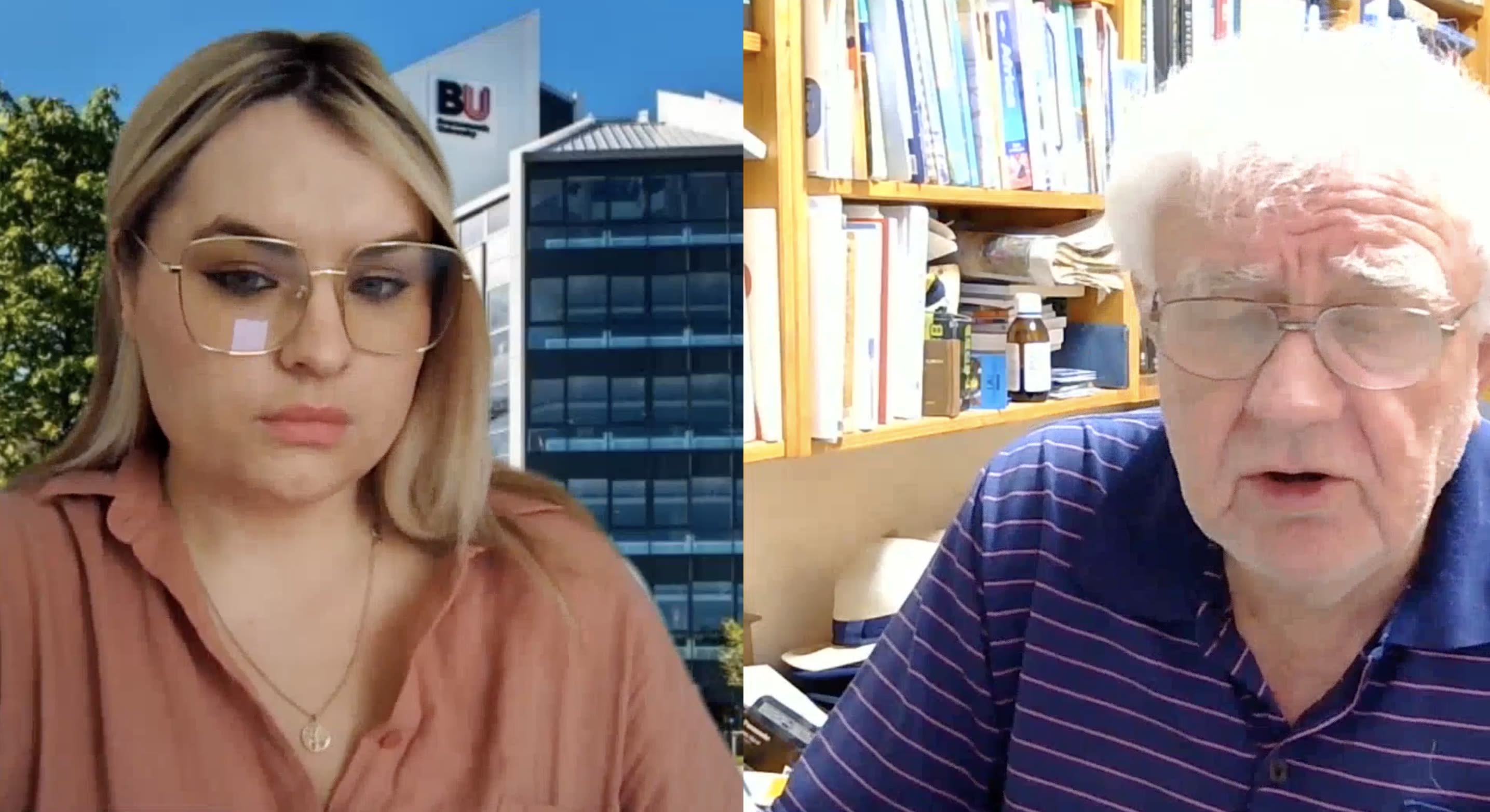
The Q&A is produced well overall, quite consistent with our style guide. A few thoughts for future:
- Listen more mindfully to responses. This will allow you to spot when the subject has not fully answered your question. As an exercise, I would suggest you read through again and reflect on a) the gaps and b) how could you have encouraged Bar-Tal to speak more on what he has not connected up. Sometimes it is about asking questions differently.
- Some aspects that might be blindingly obvious to the interviewee — and to you because of your research — might not be clear to your audiences. So consider how you can add questions that will get the subject to explain key concepts.
- This is a long piece. And I appreciate Bar-Tal has only provided you one image, but consider what other images you could have used to break up the text flow? One answer is above, in this text box. 😊
- While on production, the headline could be reconsidered. Is there another, more telling quote you could use? And do take a second look at the standfirst (academic and professor, do you need both?). Also, the story would have been better served with more substantial pull quotes.
- And finally, keep in mind, especially when talking to an expert, that what you don't know only you know. It's not obvious to any one else. So take courage from that. 😊
You published two videos in this edition: a shortform Insta story and an 11-minute reflection. Both worked well and showed good familiarity with storytelling and technical skills. Below, some thoughts from Mike on the social video:
You produced two reflection artefacts (perhaps due to some confusion around what was required): a Shorthand multimedia piece and a video. As the video was the stronger of the two outputs, I will limit my comments to that here.
The video was well produced and engaging, and in the 11-plus minutes you told the story of the edition well, providing good analysis and insights into your production process and 'change-ideas'. Well done. Some specific technical pointers from Mike:
PS: Mike humbly apologises for doing what he tells students not to do: film in a boring location (aka against office wall). If anyone wishes to rap him on his knuckles for this, please email him for an appointment. 😆
This is an interesting story, which shows excellent potential, Gokul. You explore the challenges and trauma faced by Ukrainian refugees, interviewing three primary sources, who all offer powerful lived experiences.

You also write well (bar some very avoidable proofing errors), and the story carries some original photographs, such as the one above. Well done.
A few points to take on board:
- Align the interviews better with your angle. In this case, get them speaking about how they are rebuilding their lives in the UK, rather than in generalities. Go beyond recording the challenges and issues to provide insights.
- Ask yourself, always: what's new about my angle? How can I build on what's already written about?
- There's a bit of editorialising going on around resilience. Avoid.
- Who are the other stakeholders who could have given you perspectives on this issue? Think more broadly about sourcing your stories.
- And: more attention to how you punctuate while attributing quotes; and to the style guide vis-a-vis photo credit.
A good attempt at a profile, Marco. Karol has been written about a lot in the past couple of years, but your story takes a closer look at a man who has done so much for the Ukrainians.
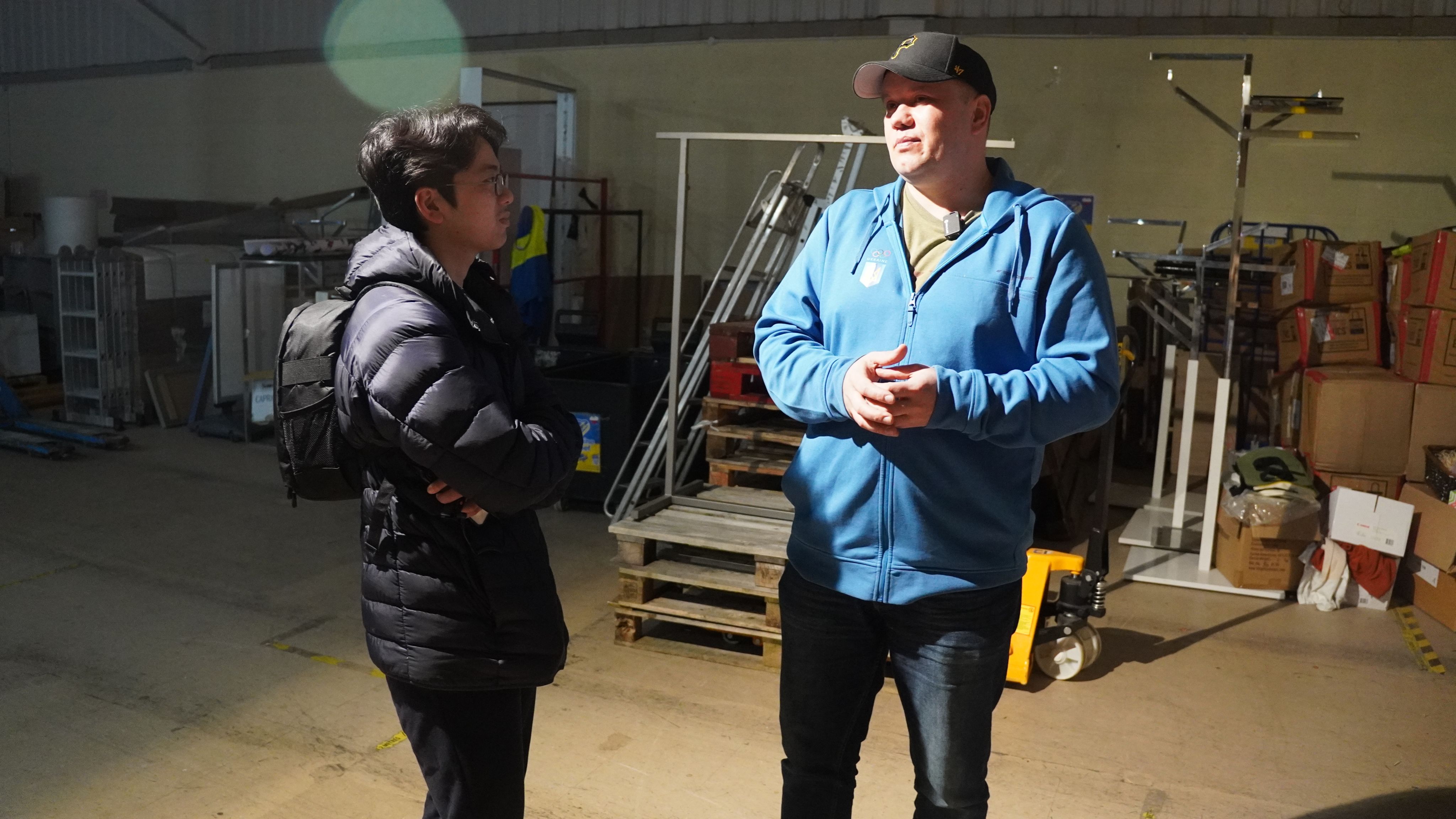
You show good reportorial abilities here. A few thoughts that could help you in future:
- Speaking to others around Karol might be something you could consider. A 'Frank Sinatra has a cold' kind of approach (I believe you modelled this a bit on that piece?) would help you sketch more nuances into a story like this.
- I like the way you are trying to capture conversations in the first part of the piece, and attempting to write a 'scene', though perhaps a bit more clarity and set-up might be necessary. As an exercise, read or re-read similar features (some of which I have shown in class) and see how the authors play with conversations (including how they paragraph).
- There's evidence of good storytelling and creativity in the way you approach this story. There are some grammatical issues that you need to be mindful of. A good way to overcome that — besides carefully studying the cleaned-up story when it is published — is to read, and analyse, a lot more of good journalism.
- As a rule of thumb, aim for more original photos, less sourced one (in this feature, that's reversed a bit).
This story evidences good core reporting skills. You did well in reaching across international borders and interviewing vulnerable sources, particularly Maryna in Kiev. It's also good to see the images that you have sourced. The story offers us some insights into how life has been for Ukrainians, and is told quite well. A few pointers for future:
- Take care with word choices. 'Emigrants', for instance, might not be correct. Maryna still lives in Kiev. Equally important, are people who leave war zones emigrants? Or asylum-seeker? Or refugees? Should we discern — and why? I trust you will do some research around this. 😀
- The angle is a bit fuzzy. Always ask: what's my story going to offer readers that has not been reported before? The quotes provide snapshots of how life is in Ukraine, but doesn't always speak coherently to an 'angle'.
- For a human interest story such as this to work, there needs to be more sources, deeper and focussed interviewing — more emotive insights.
- Accuracy might have been sacrificed in one of the photo captions. Do we know if Maryna is indeed thinking of the war as she poses for the first photo?
- Story could do with a good proofing. For instance, recheck your headline for grammar.
This is a significant story, on one of the hidden conflicts as far as the world media is concerned. You did well bringing it to the fore. The story is written well for the most part. It provides adequate background about the conflict, though I would have liked to see more depth to the reporting and stronger storytelling overall.
Some points to consider:
- Aim to 'peg' this story to what's in news (the ongoing attention on Gaza). This is a reminder of how one war eclipses another, and how some wars have more news values than others — so do make that point in a way the reader will grasp quickly. One good way of doing it is through a clear nut graf. Please do refer back to my lecture slides on this.
- How severe has this conflict been? Death toll? Or is this just 'stirring' as you say in the lead? By the same token, did this start in 2012 — if so, is it still only 'stirring'?
- I am not quite clear about the angle. From the sources you have here, and what they speak of, the focus seems to be on the human toll. In any case, there needs to be more sources, and people who can speak authoritatively. Ensure also that you provide sufficient context about your sources so that the reader can understand their relevance to the issue.
- Attention to details, there needs to be a lot more: quite a few fundamental punctuation and grammatical errors (especially where you attribute quotes), and non-adherence to the style guide. Fix it, will you, pretty please? 🙏
This story looks at how the war in Gaza impacts neighbouring nations. A very promising angle, Maria. Writing is competent, and while the story shows potential, I would like to see more depth and reporting. Some pointers:
- The beginning takes a newsy approach, with a summary lead. This might not be the best option for a story such as this, which explores the human toll (and has been in the news before). Consider a feature lead and a more in-depth approach overall.
- A weakness of the story — and I know you are aware of this already — is the lack of sufficient sources who are in the affected areas. This does take some work and persistence, but this is what makes good journalism. These are the people who can give firsthand information of what is happening out there.
- Interview more in depth, and introduce the interviewees clearly. For instance, Hamdi is 'from Lebanon' and is a 'journalist'. Telling the reader where she's located, who she works for (does her job put her in touch with displaced people?), etc will help the reader. And ask questions that will get sources to speak beyond generalities. Some desk research and stats could also have helped contextualise this story better.
- Avoid embedding videos at the very end of the story. I am not sure this video adds particular value, and in any case it needs to be tied with some text, to help the readers make sense.
- While on good practices, please refer to our style guide vis-a-vis captions. And hyperlink keywords (avoid hyperlinking lengthy phrases).
A well reported story, Uyen, which focuses on the ongoing protests against Israel. You show good news sense here. It's good to see the original video embed, and the multiple visuals.
The story is told quite cleanly, with good context and secondary research. With a little more reportage, and some tight copyediting, this can be of professional standard.
Some thoughts:
- Is this story about protests, or what motivates protestors to protest, or about the effectiveness of protests? Or all of these? Nailing that would help sharpen the focus of the narrative.
- Besides the protestors, who are the other stakeholders? Who else could you have interviewed to provide more perspectives? Do think that through.
- Aim for a more engaging and creative lead. Having said that, I am pleased to see you avoiding that chestnut: the too-abused quote lead! 😀
- Headline is too bland. Do rethink and come up with something more arresting.
- Please rethink the photograph of McDonald's. A bland building that we are all familiar with rarely adds value.
This feature is timely and significant, focussing on an important aspect of war. You did well to consider the ripple effects of a geopolitical crisis in a nation largely overlooked by the global media. The story is told with reasonable competence, and demonstrates core interviewing skills. Points to consider for future:
- Reportage should help the reader understand what the stats you quote mean for people. How does the rising prices, for instance, affect their day-to-day life?
- Consider the relevance of each interviewee. Do they have enough perspective to speak on the topic? Are you asking them the right questions here? For instance, the story starts with Obaseki's rather flat comment about the war in general. Don't we already know all that? More importantly, what could you have asked him — either as a citizen experiencing the turmoil, or in his realtor capacity — that he can answer more competently?
- Quality of photographs needs to improve. Similarly, more attention to details overall. Keep an eye out for comma splices. And in terms of narration, I would like to see a more creative approach — particularly in your lead.
Another insightful Q&A, Nichola. Alex Crawford makes a very good interviewee for this coverage (and great to know you used Signal for this). It's also good to see the photographs you have sourced from conflict zones. I know it has taken extra effort to chase down the photographers and get consent — well done on that. The interview is insightful overall and you have already received formative feedback on this. Some additional pointers:
- The intro can be strengthened with further. Tell the reader what you are attempting here. Through Alex's experiences, is the aim to provide the reader insights into what it is like to be a war correspondent, what they go through?
- The questions cover a broad canvas, suggesting a 'freewheeling' interview. That approach might not work for this particular subject — so something to keep in mind for future.
- Headline, could we rethink, aligning it with how you want to focus this? The quote suggests this is about Gaza, but there is perhaps not enough to justify that (I would also suggest looking at the original transcript and seeing if there's more you can use). More importantly, it sounds a bit disempowered, out of the fuller context, and doesn't quite match Alex's profile.
- Copy needs proofing. Yes. More attention to details, please.
This story shows good potential, and features some really interesting people. It also presents quality photos from professionals — well done on sourcing those, and getting the needed consents.
The narrative overall, however, doesn't quite fulfil its promise, moving away from the question you ask in your standfirst: is the war in Ukraine being forgotten. If that is indeed your focus, then you need to interview other people (besides correspondents), who can provide overviews and perspectives. Some other suggestions:
- Lead requires more work. Beginning with Pope Francis's worry, as reported by the Ukrainian Easter-rite Catholic Church, is rather ill-suited for this particular story.
- Avoid the here's-what-people-told-us approach in a feature such as this. This does not do justice to the people you are featuring. Think through your angle, and set your story up more thoroughly.
- Through the middle and into the end, this reads more like a sequence of quotes rather than a crafted story. Aim to ensure that there's a good flow throughout. Part of this can be achieved by removing clutter and ensuring that all quotes are aligned to the central focus.
- If your first interview has left gaps for a particular angle, don't be shy to go back with specific questions. That is the work that you can't escape! 😊
You produced two podcasts for The Issue series. In Brave stories of war journalism, you presented perspectives from those who report on conflicts. And in Voices of resilience, you focused on the lives of the displaced from the Ukrainian war.
Both topics fit well into our podcast series, and it is good to see that some of the detailed formative feedback that Jason and I offered for Brave stories has been absorbed for the final newsday production. Show notes, credits, and related text show marked improvement. Having said that, this is an area that needs continued work (and a lot more practice), both technically and journalistically. Pointers:
- A few technical issues stick out. I am afraid these have rather upset Jason. Listen to the woe in his voice. 😀
- Journalistically, the podcast doesn't quite deliver on what the series promises. This is The Issue, remember, where we "explore one topic, in depth, every week". While the script shows improvement over previous newsdays, the story still struggles for a clear angle. Work to refine how you pitch the podcast in the intro. 'Shine a light on' the voice of displaced does not give you enough to work with.
- Treat the podcast as an audio documentary. This means that there needs to be not only an original angle, but also original reportage to back it up. Using voices from other stories as a foundation is perfectly fine, but to add depth, there needs to be other interviews. Work to go beyond a sequence of curated voices in your storytelling.
- Narration needs finessing, and a lot more practice. I commend the podcast team for trying a new host, and Gift for taking on the role head-on. This was indeed brave, though there is a bit of stress in the voicing. Like every skill, this is something that takes practice, and I would encourage you — all Breaker journalists, not just the podcast team — to put in some work over the summer. This video from NPR will give you some good nuggets; and this training series provides a wealth of resources.
As this is the AI-assisted, 'hybrid' news story, I thought it would be more appropriate for Alice to provide the feedback. Scroll for her video. 😃
LAST WORD
That's a lot of feedback, perhaps more than you would want to take on board in one sitting. But I hope this artefact serves as a point of reference, something that you can come back to, in times of need.
Over the last few weeks, some of you had approached me in person to know how to elevate your journalism (another reason why I tried to offer as much observations as possible). To aid with that, here are four fundamental 'actions' you could take.
One, pay attention to details. Think of attention to details as an extension of accuracy and fairness, on which journalism is grounded. 'Little things' — whether it is in how you caption the image, being mindful the excerpt box has content, the consistency of whether you refer to a source by first name or surname in a story, or the nuance of how you phrase a question so that you get the info you are seeking — are all important. Great journalism is made up of a very many fine, seemingly 'little' details.
Two, work on your news sense further. Think of building on what has been published and adding something 'new' to the journalism out there. A good way to do this — besides familiarising yourself with news values more — is to write a focus statement (or draft a 'nut graf') after your basic research. What's fresh in your take, your angle? What new questions will you ask your sources, or what old questions will you ask in a new way? And, critically, what do you want your story to achieve (to explain, to educate, to move people into action — or merely to inform)?
Three, read, listen to, and watch good journalism. This is critical. There's a lot out there — online, free, for you to devour. I would like to see you do that, a lot more (see the Breaker Academy for additional resources). The more you expose yourself to the 'good stuff', the more 'mental templates' you'll have to model your reportage on — and the easier it will become.
Four, reflect, revise, reassess. This is a critical step that is often missed. Knowing what to do is only the first step. Then you need to put that into practice. Reassess. Journalism, like learning, is very much iterative and deliberate. No one becomes a good journalist accidentally, without practice.

Postmortem 2024
This artefact records the feedforward offered to the Digital Journalism class of 2024, enrolled on the MA Multimedia Journalism programme at Bournemouth University. The assignment (Assessed Newsday) was marked by Chindu Sreedharan, with inputs from Mike Sunderland and Jason Hallett, and second-marked by Max Mauro.
Postmortem 2024 (the artefact) was produced by Chindu Sreedharan, in part using generative AI. The cover artwork on panel 5 was created with Dalle-3, accessed via Microsoft Co-Pilot, using multiple prompts. The AI video on panel 14 was created with Synthesia, using an AI-assisted script. All other images are creditable to The Breaker, the multimedia news and features web site run by MAMMJ students at Bournemouth University.
